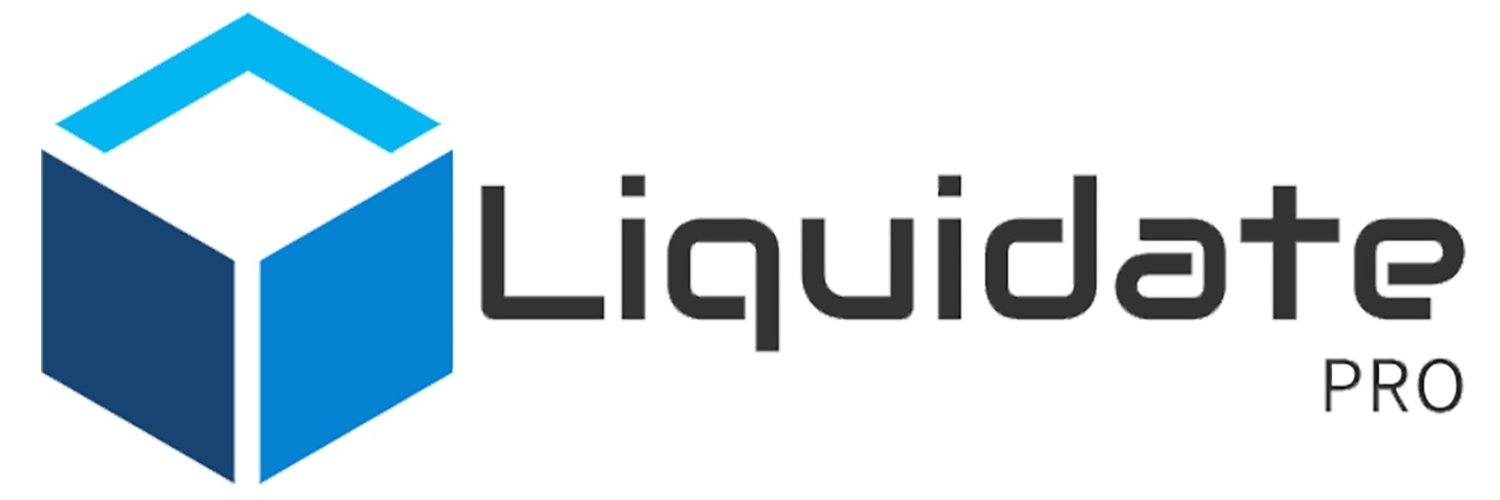Unlocking Success in the Liquidation Business: A Comprehensive Guide
Introduction to Liquidation Resale
In today's competitive economic landscape, the allure of entrepreneurship remains more potent than ever, promising the freedom of self-employment and the tantalizing potential for substantial profits. Among the myriad paths to business ownership, the liquidation resale market offers a unique opportunity, characterized by low entry barriers and the exciting chance to repurpose and resell goods to a broad audience eager for value.
The Essence of Liquidation
Liquidation resale revolves around the acquisition and resale of goods that have been returned to retailers, are overstocked, or have been pulled from shelves (often referred to as 'shelf-pulls'). This merchandise, procured typically by the pallet or truckload from liquidation marketplaces, originates from a diverse array of manufacturers and retailers. The appeal of liquidation goods lies in their pricing — often significantly below the original retail price — and the diverse condition of the items, ranging from brand-new, overstock merchandise to customer returns that may require some refurbishment.
Key Categories of Liquidation Merchandise
Customer Returns: A substantial portion of the liquidation market, customer returned merchandise encompasses items returned for a myriad of reasons, from simple buyer's remorse to wrong sizing. While some returns stem from product defects, a significant percentage are in good, sellable condition but cannot be sold as new by the retailer.
Overstock, Closeouts, and Shelf-Pulls: This category captures brand-new items that may have been over-ordered or are being cleared out to make room for new inventory. Such merchandise offers high potential for profit, given its pristine condition and retail readiness.
Advantages of Starting a Liquidation Resale Business
Low Starting Costs: Unlike traditional retail ventures that may require substantial startup capital, a liquidation business can be launched with relatively minimal investment, making it accessible to a wider range of entrepreneurs.
Flexibility: This business model affords entrepreneurs the ability to start small and scale according to demand and capacity, all while operating from the comfort of their home or a modest storage space.
Diverse Product Range: The liquidation market offers access to an array of products, from electronics and apparel to household items, allowing businesses to cater to a wide range of customer interests.
Step-by-Step Guide to Launching Your Liquidation Business
Identifying Your Niche
The first step in establishing a successful liquidation business involves selecting the types of goods you wish to specialize in. This decision should be informed by market research, understanding the demand in your targeted market, and considering your personal interests or expertise in certain product categories.
Sourcing Inventory
Liquidation marketplaces are the go-to sources for purchasing inventory. These platforms host auctions or direct sales for lots ranging from single pallets to full truckloads, catering to businesses of all sizes.
Recommendation: Utilize reputable liquidation marketplaces such as Direct Liquidation to secure inventory. These platforms offer a wide range of products from leading retailers and manufacturers, ensuring a steady supply of merchandise.
Sales Strategies
Local vs. National Sales
Local Sales: This option involves selling directly within your community, leveraging platforms like Craigslist, Facebook Marketplace, or even setting up a physical retail or pop-up space. It offers the benefit of personal customer interactions and potentially lower logistics costs.
National Sales: Expanding your sales nationally or internationally significantly broadens your potential customer base. This approach typically leverages online platforms like eBay, Amazon, or your own e-commerce website.
Building Your Own Website: For those looking to cultivate a distinctive brand and control the customer experience, launching an e-commerce site is a viable path. Platforms like Shopify facilitate the creation of professional, feature-rich websites tailored to your business needs.
Navigating Logistics and Operations
Beyond sourcing and selling, successful liquidation businesses must adeptly manage logistics, including storage, shipping, and handling returns. Additionally, understanding the tax implications of your business operations and leveraging tools for inventory management are crucial for sustainable growth.
Conclusion
Embarking on a liquidation resale business journey offers an accessible route to entrepreneurship, with its low initial investment, operational flexibility, and the broad appeal of discounted goods. By strategically sourcing inventory, carefully choosing sales channels, and effectively managing logistics, motivated entrepreneurs can build a thriving business in this dynamic market segment. With patience, diligence, and a focus on customer satisfaction, the dream of business ownership and success in the liquidation market is well within reach.

